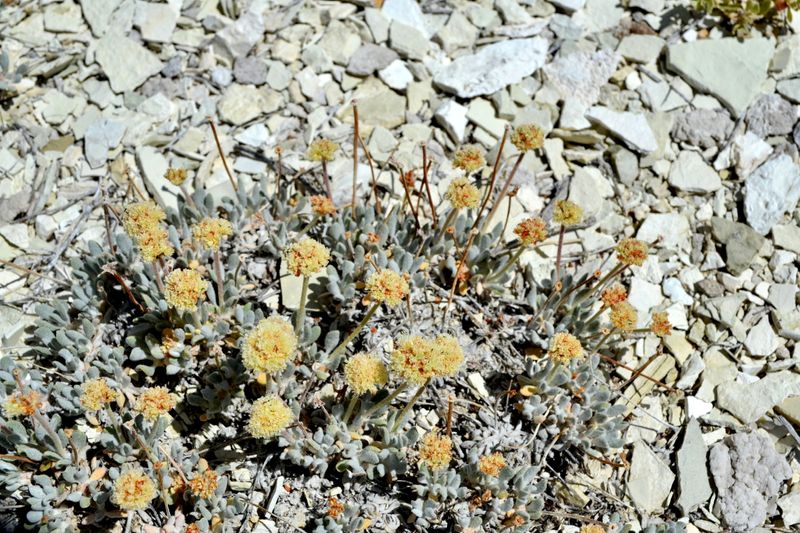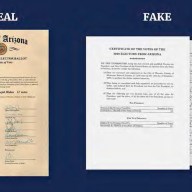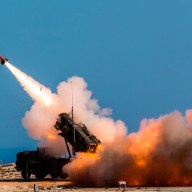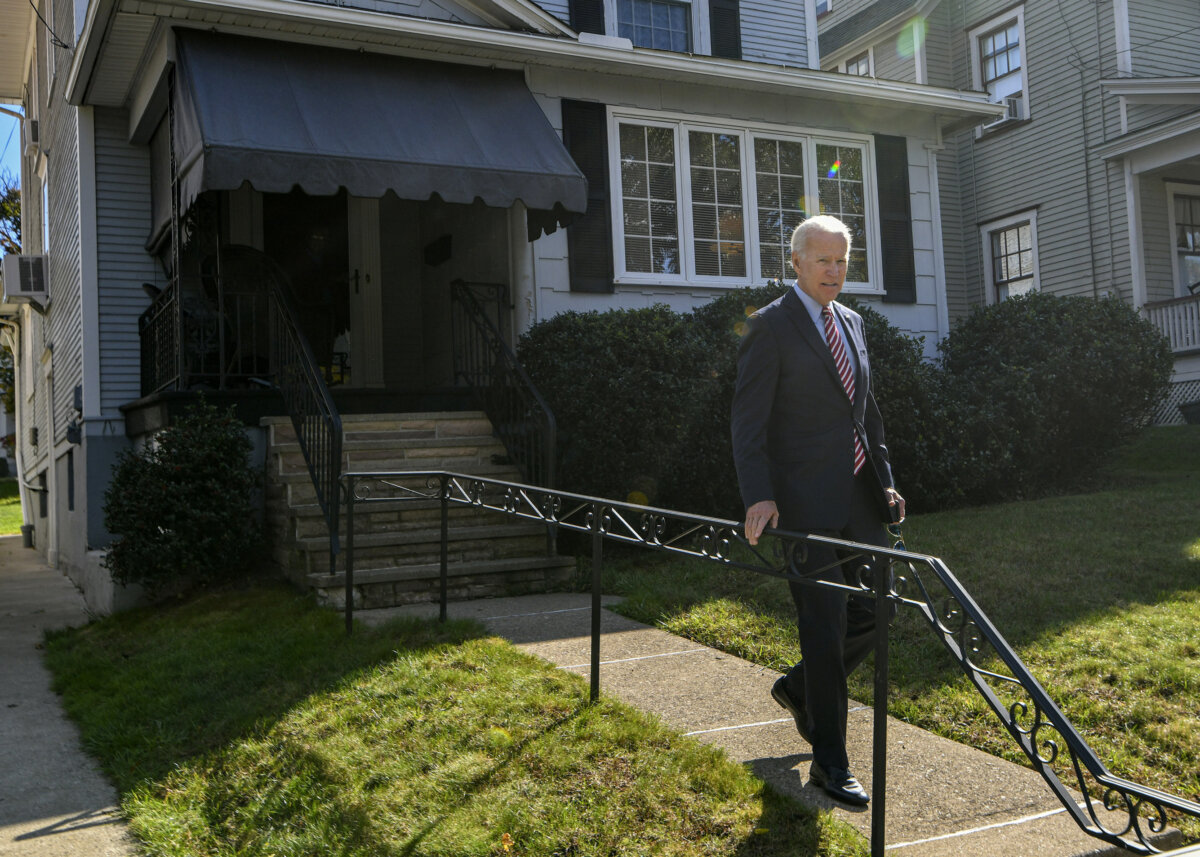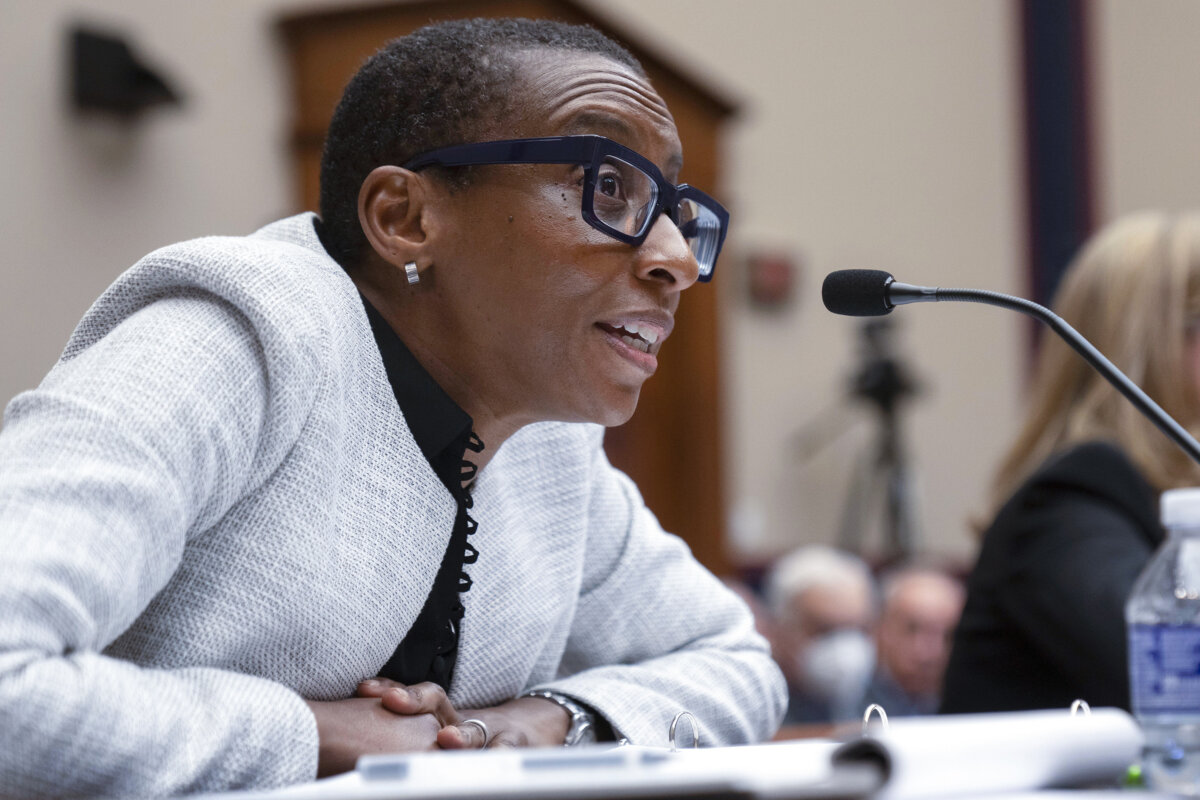(Reuters) – The U.S. Fish and Wildlife Service released a proposed rule on Friday to list the Tiehm’s buckwheat flower as an endangered species, the latest blow to ioneer Ltd’s plans to build a Nevada lithium mine that would supply the electric vehicle industry.
The move, which had been expected , will start a 60-day period for public comment once the proposed rule is published in the Federal Register later this month. A final decision is expected within a year.
Anyone is free to send comments to the agency, which said in a statement that “more information is needed to conduct an economic assessment of potential impacts to the species.”
The endangered species designation would not necessarily block the project, but could impede permitting. Construction had been slated to start this year, with the mine opening by 2023.
The regulatory review reflects the ongoing tension between environmentalists and industry as the United States tries to wean its economy off fossil fuels and go electric.
Australia-based ioneer said it supports the agency’s move and is “highly confident that with a combination of avoidance, propagation and translocation, we can achieve the successful coexistence of Tiehm’s buckwheat and our environmentally significant project.”
The environmental group Center For Biological Diversity has long said the flower – found nowhere else on earth – must be preserved at all costs. The group called Friday’s move a “banner day for native plant conservation.”
The ongoing review has not stopped financing efforts or scared off potential customers, though.
South African miner Sibanye Stillwater Ltd last month bought half of the Nevada project for $490 million.
That deal came after South Korean battery maker Ecopro Co Ltd agreed in June to buy roughly a third of the project’s planned annual output of 7,000 tonnes of lithium.
(Reporting by Ernest Scheyder in Houston; Editing by Matthew Lewis)

